Kingdom Plantae Family Hamamelidaceae Scientific name Parrotia persica Rank Species | Order Saxifragales Genus Parrotia
C.A.Mey. Higher classification Parrotia | |
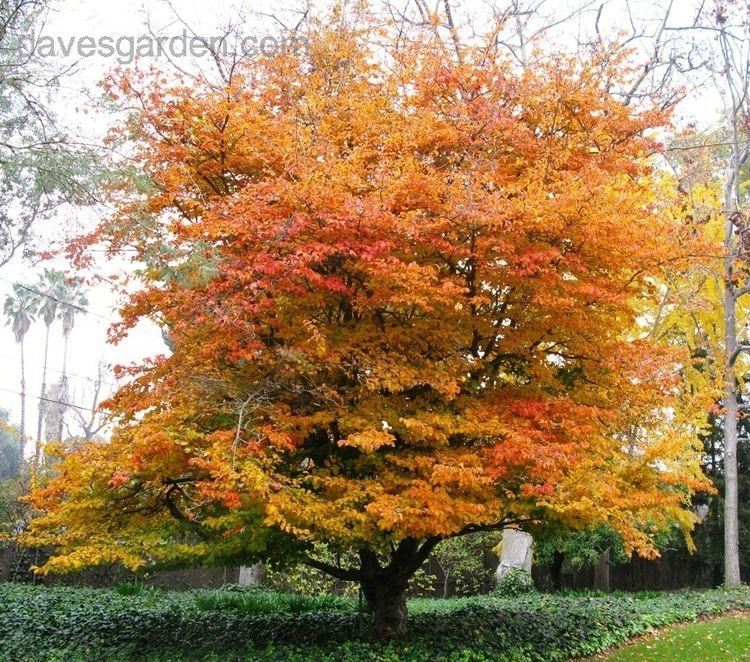 | ||
Similar American sweetgum, Katsura, Hamamelidaceae, Davidia involucrata, Shadbush | ||
Parrotia persica persian parrotia tree persian ironweed
Parrotia persica (commonly called Persian ironwood) is a deciduous tree in the family Hamamelidaceae, closely related to the witch-hazel genus Hamamelis. It is native to northern Iran and southern Azerbaijan (where it is called Dəmirağac) and it is endemic in the Alborz mountains.
Contents
- Parrotia persica persian parrotia tree persian ironweed
- Parrotia persica persian ironwood
- Description
- Fossil record
- Companies
- Cultivation
- References
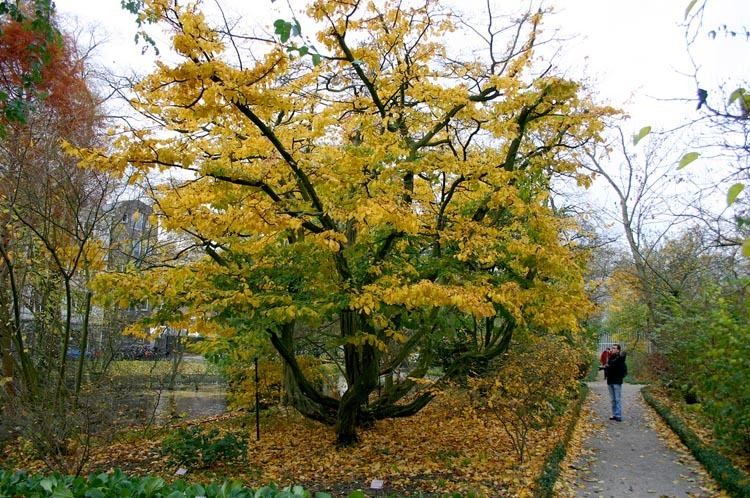
Another species Parrotia subaequalis (commonly called Chinese ironwood) originates from eastern China. There are five disjunct populations of Parrotia subaequalis in eastern China: two each in Jiangsu and Zhejiang provinces (Huang et al. 2005) and one in Anhui (Shao and Fang 2004). A full account of this sibling species can be found in an article: 'The Chinese Parrotia: A Sibling Species of the Persian Parrotia' by Jianhua Li and Peter Del Tredici.
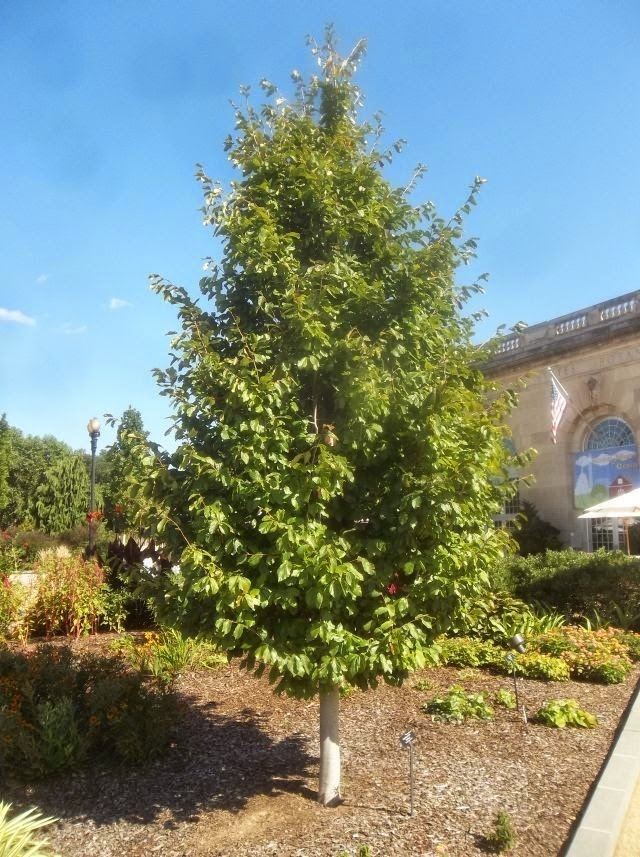
This species is listed as critically endangered by the IUCN (under its former name of Shaniodendron subaequale, which is no longer an accepted name for the species) P. subaequalis is also considered critically endangered (Grade I Key protected Wild Plant) in the China Red Data Book, with a very narrow distribution range. The five known relict populations of P. subaequalis comprise no more than 100 reproductive individuals. Therefore, this species has high conservation priority.
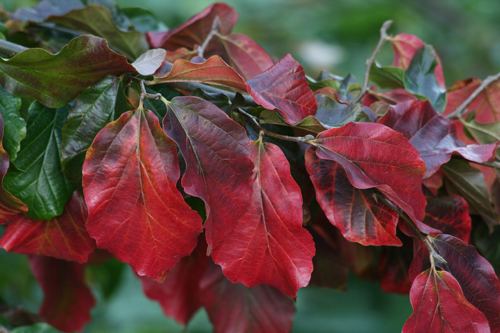
Parrotia is named for the German naturalist Friedrich Parrot.
Parrotia persica persian ironwood
Description
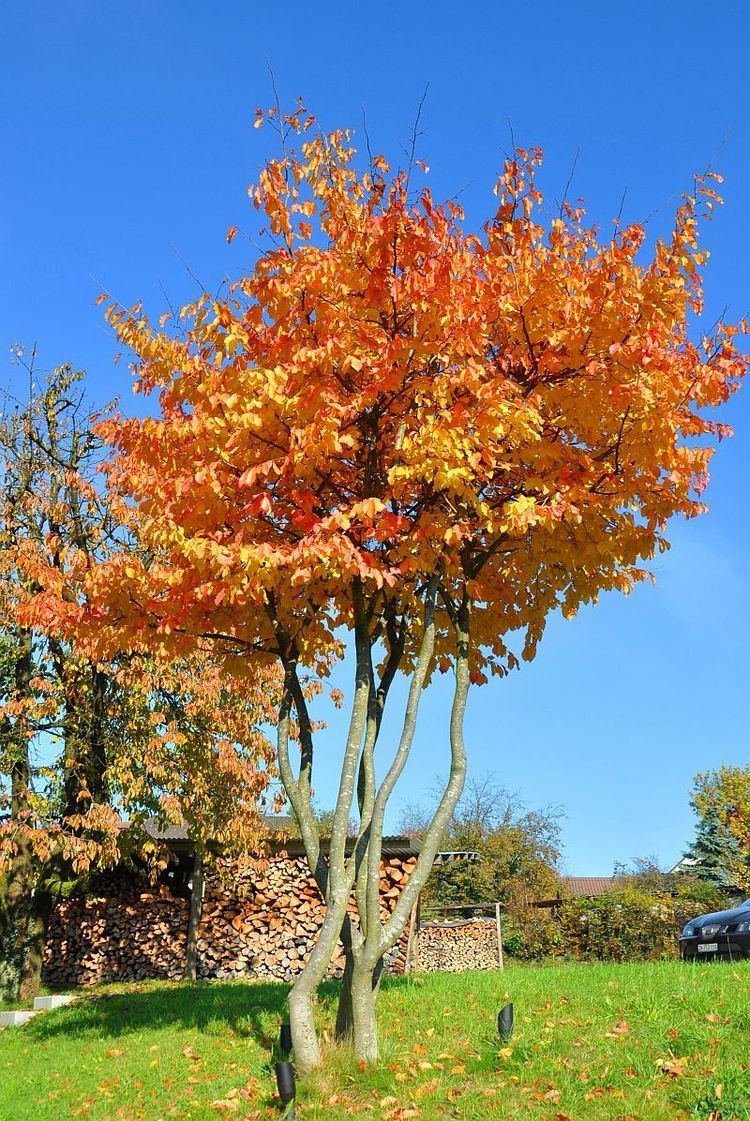
It grows to 30 m (98 ft) tall and 8–15 m (26–49 ft) broad, with a trunk up to 150 cm (59 in) in diameter. The bark is smooth, pinkish-brown flaking/peeling to leave cinnamon, pink, green, and pale yellow patches in a similar manner to plane trees. The leaves are alternate, ovoid, often slightly lop-sided, 6–15 cm (2–6 in) long and 4–10 cm (2–4 in) across, with wavy margins; they are glossy green, turning a rich purple to brilliant red in autumn.

The flowers are somewhat similar to witch-hazel flowers but dark red; they are likewise produced in late winter on bare stems, but differ in having only four rounded sepals with no petals; the stamens are however fairly conspicuous, forming a dense red cluster 3–4 mm (1⁄8–3⁄16 in) across. The fruit is a two-parted capsule containing two seeds, one in each half.
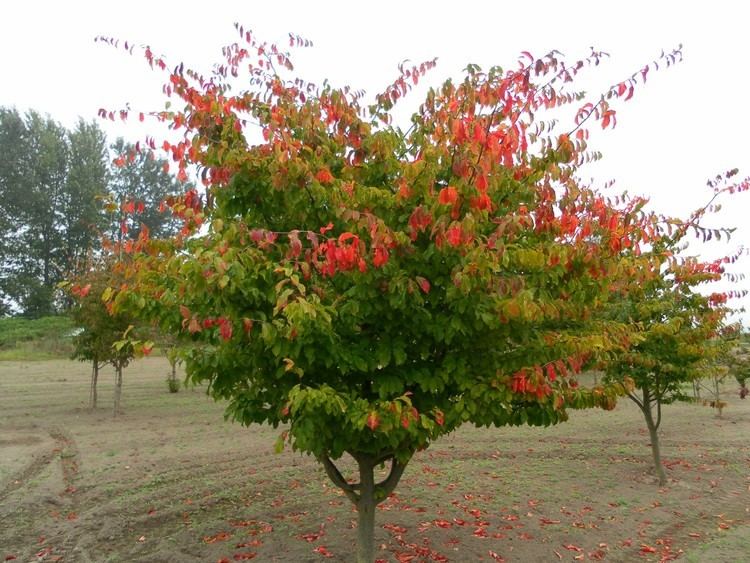
The richness of Iran's flora and the variety of its vegetation results from the variety and richness of its physical-geographic and natural-historic conditions and from its compound history influenced by the remote florist regions.
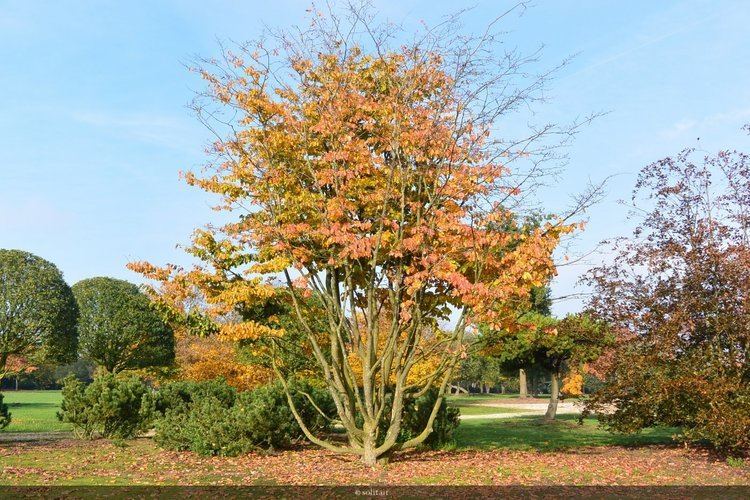
Relict genera of the tertiary period can be frequently found in all the zones of North of Iran especially in Talysh. They are the Persian Iron tree (Parrotia persica), the Lenkoran acacia (Albizia julibrissin), the basket oak (Quercus castaneifolia), the Caucasian persimmon (Diospyros lotus), the evergreen shrub of Ruscus hyrcana, the box tree (Buxus hyrcana), etc. There are 240 endemic species of plants in North and North West of Iran and also south-east of Azerbaijan.
Fossil record
Among the middle Miocene Sarmatian palynoflora from the Lavanttal Basin Austria researchers have recognized Parrotia fossil pollen. The sediment containing the Parrotia fossil pollen had accumulated in a lowland wetland environment with various vegetation units of mixed evergreen/deciduous broadleaved/conifer forests surrounding the wetland basin. Key relatives of the fossil taxa found with Parrotia are presently confined to humid warm temperate environments, suggesting a subtropical climate during the middle Miocene in Austria.
Companies
There are several company names which are taken from Parrotia tree.One of the popular company about Parrotia is Parrotias.com Classifieds website and official logo of this platform was designed according to the Parrotia tree's colors.
Cultivation
P. persica is cultivated as an ornamental tree for its stunning autumn colour and the smooth, patterned bark.
Several cultivars have been selected for garden planting:
